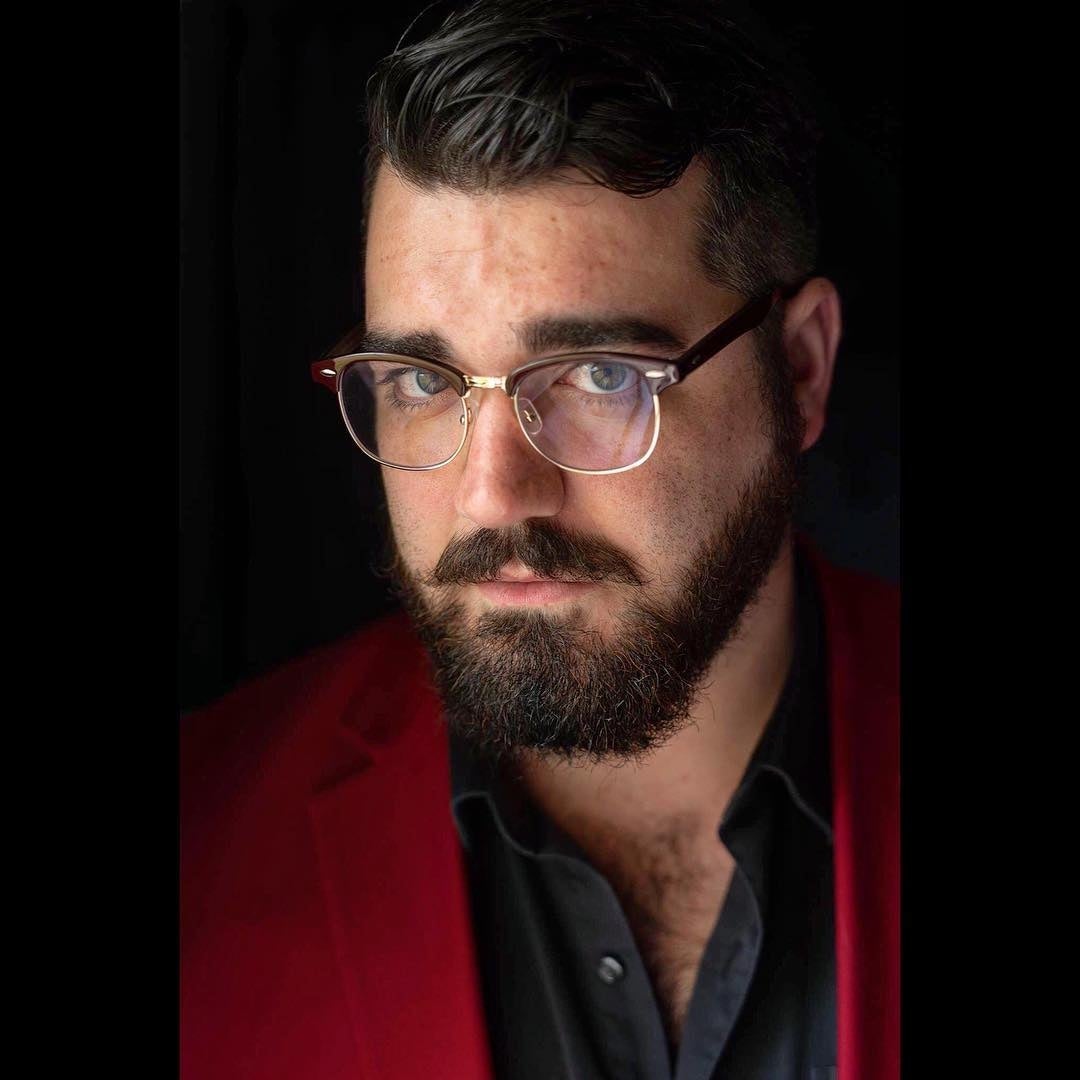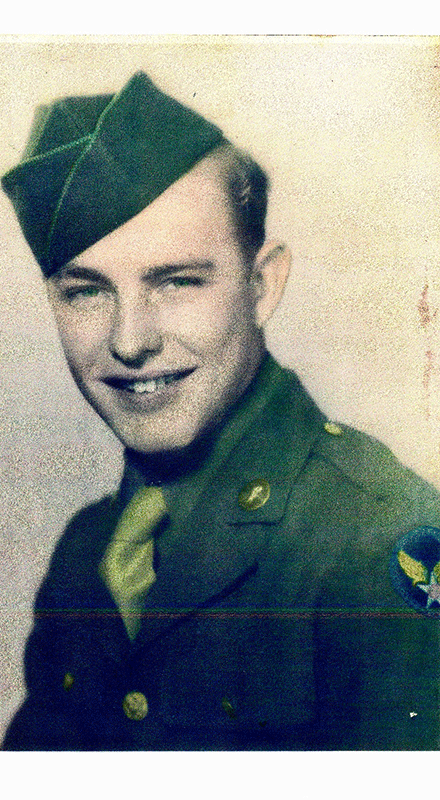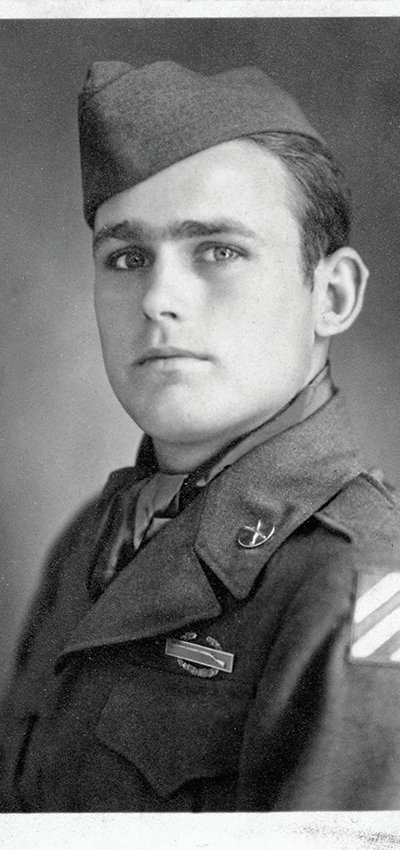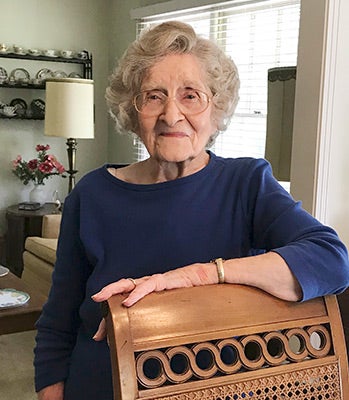Hubert Sullivan was a World War II veteran
Published 11:25 am Friday, September 27, 2019
|
Getting your Trinity Audio player ready...
|
Opp and Covington County lost another member of The Greatest Generation with the death of Hubert Sullivan in Sep 2018.
Hubert was born in 1914, near Castleberry in Conecuh County, to Clifton and Essie Sullivan. He graduated from Conecuh County High School in 1943 and was drafted into the Army 2 months later. He trained at Camp Blanding, FL and Camp McCoy, Wisconsin before taking part in what was called the Tennessee maneuvers, near Nashville in the winter of 1944.
After that, he sailed for Europe aboard the HMS Large Bay, a British troop carrier. They landed near Liverpool, England in July 1944. A month later, his unit, the 251st Combat Engineers, was outfitted for battle and shipped to France where they joined the battlefront.
At 19 years of age, Hubert found himself climbing down a rope ladder from his transport ship, onto a floating dock at Omaha Beach near Normandy, two months after D Day. Sullivan, along with the other combat engineers in his battalion, helped liberate France and proceeded to fight on through Belgium, Holland and into Germany. They worked to clear mines and build roads and bridges. Sullivan recalled that their first river crossing was over the Roer River in Feb. 1945. The Germans had blown the bridges and flooded the Roer River upstream. The operation was called Operation Grenade and took place right after the Battle of the Bulge, which had started in Dec. 1944. Sullivan’s battalion had been assigned to the 9th US Army, commanded by Gen. Alan Simpson and was attached to British Gen. Bernard Montgomery’s command during the Battle of the Bulge.
Sullivan said, “We lost our first man during the Roer River Crossing. We were under heavy mortar attack and I became a champion foxhole digger”.
While constructing a pontoon bridge across the Roer, Sullivan’s group was strafed by a German jet plane, the first one he had ever seen. “We were crossing near Linnich, Geremany when the jet came in low, strafing us in an attempt to halt our advance”. The attempt failed and the 251st continued on into Germany. They were in the area of Magdeburg, near the Elbe River when Germany surrendered on May 8, 1945. After that, the 251st was sent back to Rheims, France where they constructed a tent city called Camp Lucky Strike that was used to house troops being sent home or to the Pacific Theater.
Without enough “points” to return home, Sullivan was sent to England where he attended the Northern polytechnic Institute near London for a few months. After that, he returned to France where he joined the 371st Construction Battalion and was discharged in Mar. 1946.
Hubert Sullivan married his high school sweetheart, Evelyn Pate, in Aug. 1947. He attended the University of Alabama Center near Mobile for two years, with the help of the GI Bill. He transferred to the Tuscaloosa campus and received his BS degree in 1949 and then his Masters degree in 1950. He served as assistant principal in Anniston from 1950-5, before moving to Opp to serve as principal for 4 years.
Hubert joined the Opp & Micolas Mills and worked there until he retired in 1992. After that he served as the founding President of the Opp-Micolas Educational Foundation, helping award scholarships to over 1,562 students between 1969 and 2007. Evelyn died in 1986, after a long battle with cancer. He later married Rebecca Sullivan [no relation], who survived him after his death in 2018. John Vick
[author’s note: Sullivan’s material is taken from “All of Us Fought the War – the University of Alabama and Its Men and Women in WW II”, by Delbert Reed.
In addition to his wife, Rebecca, Hubert Sullivan was survived by a son, Joel C Sullivan, daughter Linda
[Barry] Trippe, step-son Steven [Dawn] Perry, step-daughters Kelly Kicklighter, Beth [Randal] Pierce,
his brother Cecil [Mary Ann] Sullivan and numerous grand children.





